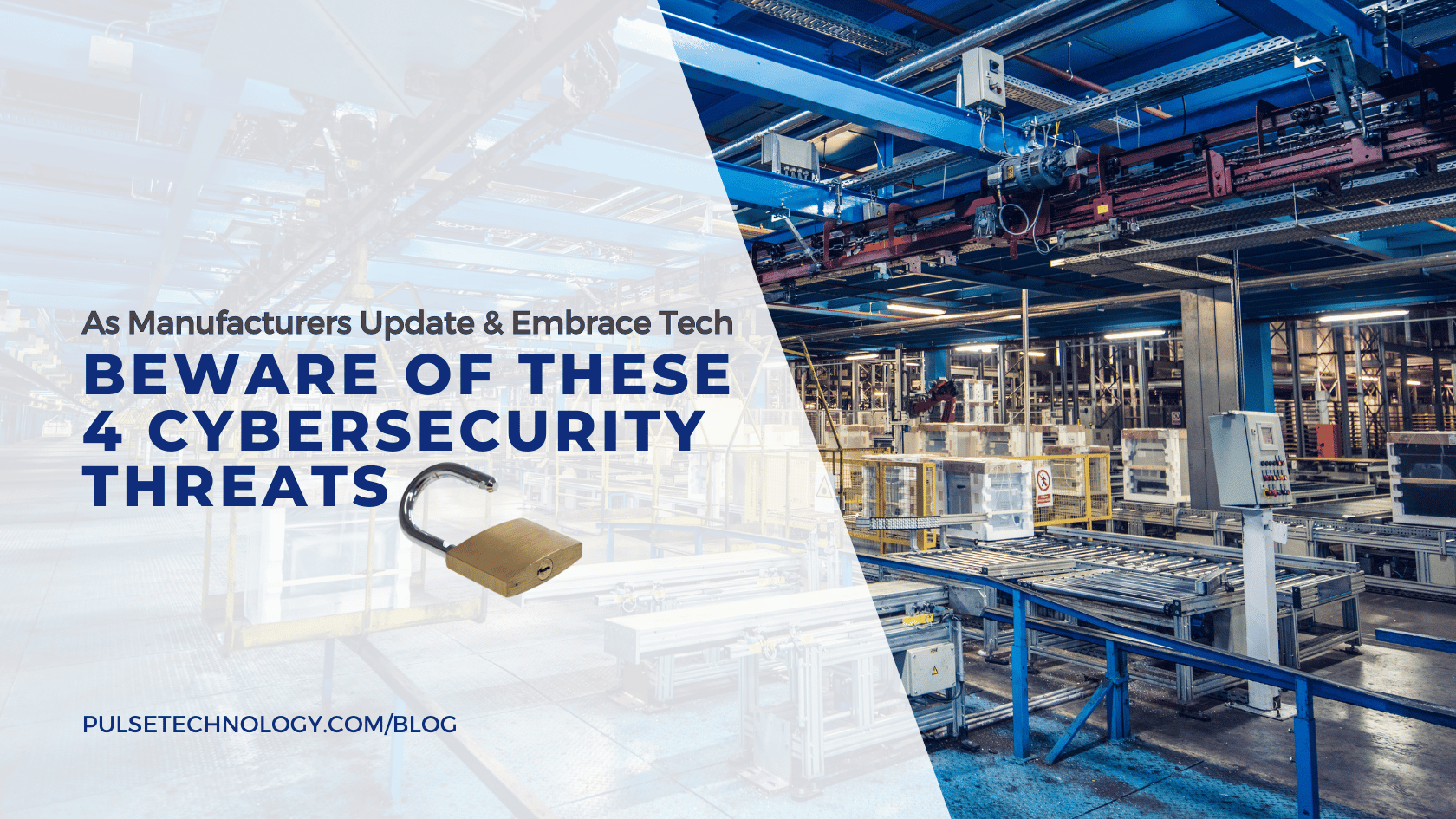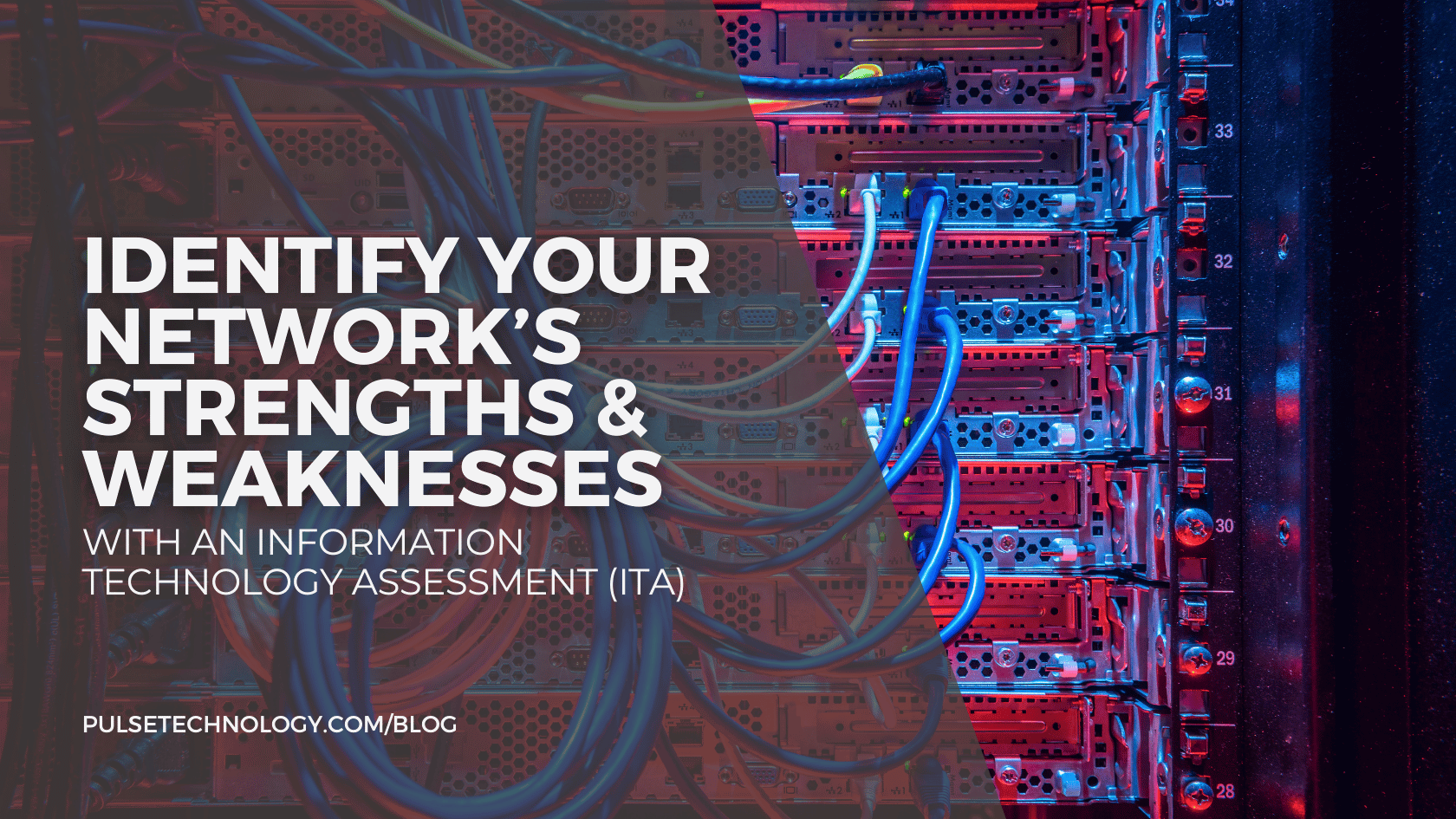5 Ways Outdated Technology Is Holding Your Business Back
Outdated technology can have an immense impact on businesses of all sizes. In today's competitive business world, you need to be able to adapt quickly to change – especially when it comes to technology. Outdated technology can hold you back from innovation and growth. It can also make it difficult to compete with businesses that are using newer, more advanced technology.
Ways Outdated Tech Holds You Back
1. Reduced productivity
- Slower processing speeds. Older computers and other devices have slower processing speeds than newer ones. This means that they take longer to complete tasks, which can lead to employees having to wait longer for things to load or for documents to be processed. This can be especially frustrating for employees who are used to working with faster technology.
- Less efficient software. Older software is often less efficient than newer software. This means that it may take more steps to complete a task, or that the software may not be able to handle as much data as newer software. This can lead to employees having to spend more time on tasks, or to them having to work around limitations of the software.
- More frequent breakdowns. Older technology is more likely to break down than newer technology. This means that employees may have to spend time troubleshooting problems, or that they may have to work without the technology altogether. This can lead to lost productivity and frustration for employees.
⬇️ Increase Your Productivity With These 10 Tips ⬇️
The average cost of downtime for a small to
medium-sized business (SMB) is $137 per minute.
Source: Gartner
2. Increased downtime
- Hardware failures. As technology ages, the components inside it become more likely to fail. This can lead to hardware failures, such as hard drive crashes, memory errors, and power supply problems. These failures can cause the device to stop working altogether, or they can cause it to run slowly or erratically.
- Software problems. As software ages, it becomes more difficult to maintain and update. This can lead to software problems, such as bugs, security vulnerabilities, and compatibility issues. These problems can prevent the software from running properly, or they can allow hackers to access sensitive data.
- Network problems. As networks age, they become more vulnerable to attacks and disruptions. This can lead to network problems, such as outages, slowdowns, and security breaches. These problems can prevent users from accessing the network, or they can allow hackers to steal data. 7 Reasons to Hire a Managed Network Service Provider
45% of cyberattacks are successful because of
outdated software.
Source: SANS Institute
3. Higher security risks
- Outdated software. As software ages, it becomes more vulnerable to security vulnerabilities. This is because hackers have more time to find and exploit the vulnerabilities. For example, a study by the SANS Institute found that 90% of security vulnerabilities in software are known within the first 24 hours of the software being released.
- Outdated hardware. Outdated hardware is often not as secure as newer hardware. This is because newer hardware often has built-in security features that are not available on older hardware. For example, newer hardware may have hardware-based encryption, which makes it more difficult for hackers to steal data.
- Lack of updates. Outdated technology is often not updated with the latest security patches. This means that it is more vulnerable to attacks that exploit known vulnerabilities. For example, a Ponemon Institute study found that a data breach's average cost is $3.92 million.
7 Threats AND Helpful Strategies to Help Your Business Stay Secure This Year
43% of companies are not cyber compliant
because they have outdated technology.Source: Ponemon Institute
4. Compliance issues
- Regulations change frequently. As regulations change, outdated technology may not be able to meet the new requirements. This can lead to fines and other penalties.
- Outdated technology may not be able to be patched or updated. If outdated technology is no longer supported by the vendor, it may not be possible to patch or update it to meet new regulations. This could leave the business vulnerable to fines and other penalties.
- Outdated technology may not be able to store data securely. If outdated technology is not able to store data securely, it could be at risk of being hacked or stolen. This could lead to the loss of sensitive data, which could result in fines and other penalties.
32% of workers are dissatisfied with their work
because of outdated technology
Source: Workfront
5. Employee dissatisfaction
- Reduced productivity. Employees who are forced to use outdated technology are often less productive. This is because the technology may be slow, inefficient, or difficult to use. This can lead to frustration and decreased morale.
- Increased stress. Using outdated technology can be stressful for employees. This is because they may have to work around problems with the technology, or they may have to learn how to use new technology that they are not familiar with. This can lead to increased stress levels, which can impact productivity and overall well-being.
- Decreased morale. Employees who are forced to use outdated technology are often less motivated. This is because they may feel like they are not being given the tools they need to do their jobs effectively. This can lead to decreased morale, which can impact productivity and turnover.
- Increased turnover. Employees who are dissatisfied with their work environment are more likely to leave their jobs. This is especially true for employees who are forced to use outdated technology. This can lead to increased turnover costs, which can impact the bottom line.






